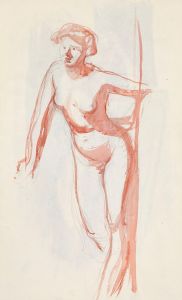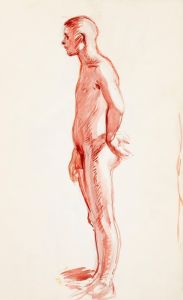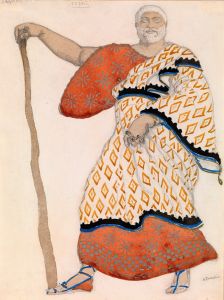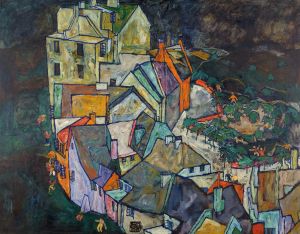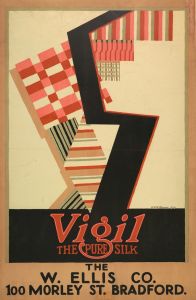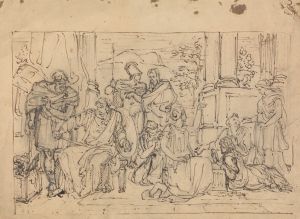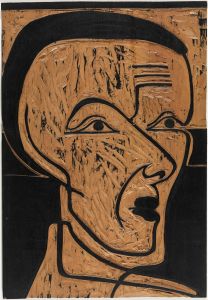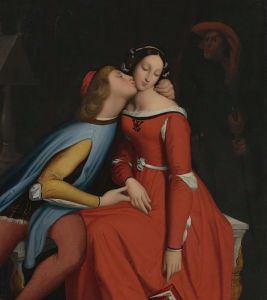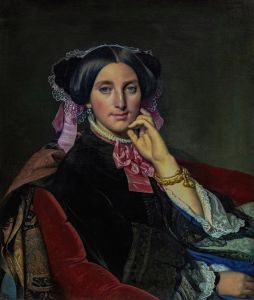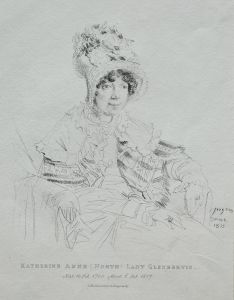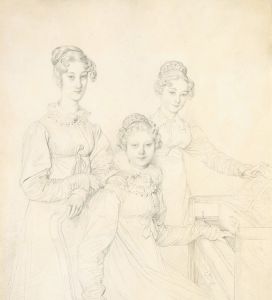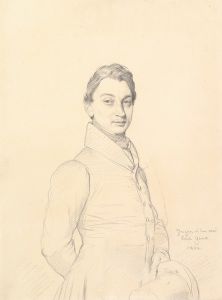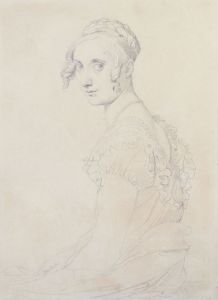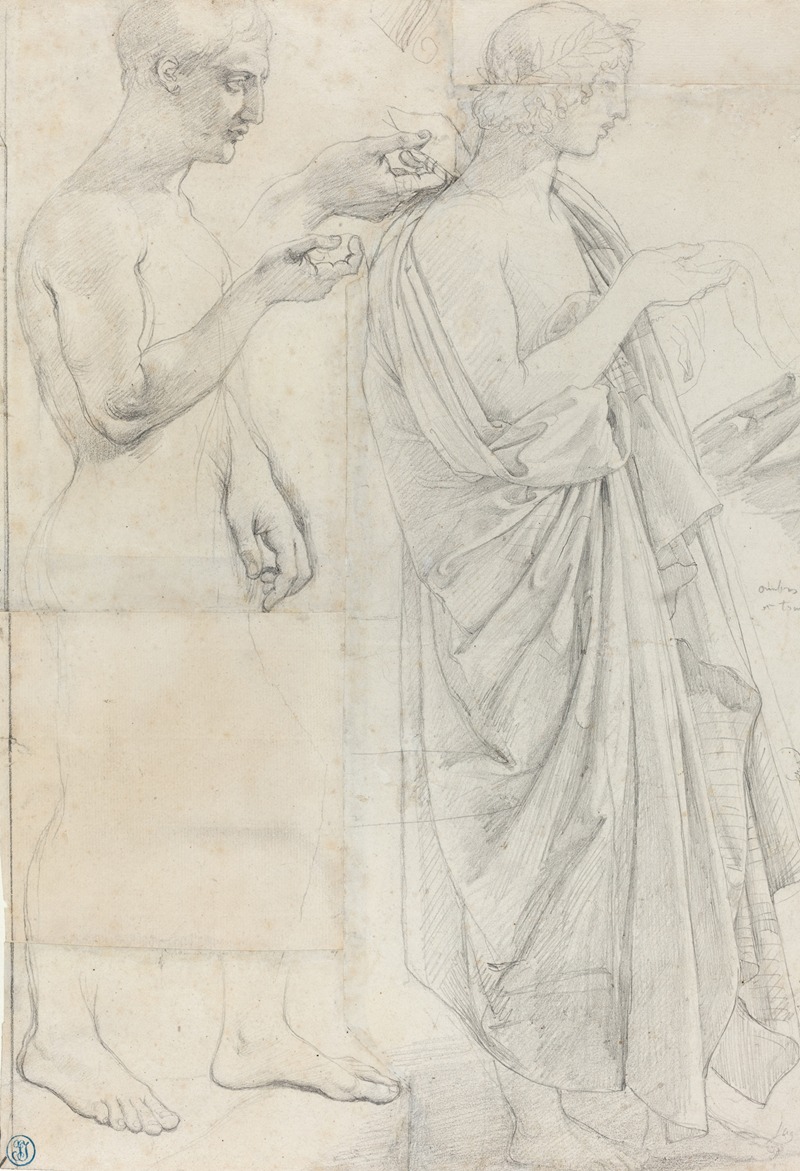
Two Studies of Virgil
A hand-painted replica of Jean Auguste Dominique Ingres’s masterpiece Two Studies of Virgil, meticulously crafted by professional artists to capture the true essence of the original. Each piece is created with museum-quality canvas and rare mineral pigments, carefully painted by experienced artists with delicate brushstrokes and rich, layered colors to perfectly recreate the texture of the original artwork. Unlike machine-printed reproductions, this hand-painted version brings the painting to life, infused with the artist’s emotions and skill in every stroke. Whether for personal collection or home decoration, it instantly elevates the artistic atmosphere of any space.
"Two Studies of Virgil" is a drawing by the French Neoclassical artist Jean Auguste Dominique Ingres. This artwork, created in 1812, is a study of the ancient Roman poet Virgil, who is best known for his epic poem, the "Aeneid." Ingres, renowned for his precise draftsmanship and classical style, often drew inspiration from historical and literary figures, and this drawing is a testament to his admiration for classical antiquity.
The drawing consists of two separate studies of Virgil, both rendered with meticulous attention to detail. Ingres' approach to these studies reflects his academic training and his dedication to the principles of Neoclassicism, which emphasized clarity, order, and the emulation of classical art. The studies are executed in graphite on paper, showcasing Ingres' skill in capturing the human form and his ability to convey the intellectual and contemplative nature of his subjects.
Ingres' depiction of Virgil is characterized by a sense of calm and introspection, qualities that are often associated with the poet's literary works. The artist's use of line and shading in the drawing demonstrates his mastery of technique, as well as his deep understanding of the human anatomy. The studies are not only a representation of Virgil but also a reflection of Ingres' own artistic ideals and his reverence for the classical past.
The historical context of the drawing is significant, as it was created during a period when Ingres was deeply immersed in the study of classical art and literature. In 1806, Ingres had won the prestigious Prix de Rome, which allowed him to study in Rome for several years. During his time in Italy, he was profoundly influenced by the art and culture of antiquity, and this influence is evident in his works from this period, including "Two Studies of Virgil."
The drawing is part of a larger body of work that Ingres produced during his stay in Rome, where he meticulously studied and copied classical sculptures and paintings. This rigorous academic training and exposure to classical art profoundly shaped his artistic style and philosophy. Ingres' dedication to the classical tradition is evident in the precision and elegance of his drawings, which continue to be celebrated for their technical excellence and timeless beauty.
"Two Studies of Virgil" is housed in the Musée Ingres in Montauban, France, which holds an extensive collection of the artist's works. The museum is dedicated to preserving and showcasing Ingres' legacy, offering visitors a comprehensive view of his artistic achievements. The drawing remains an important example of Ingres' commitment to the classical ideals and his ability to bring historical and literary figures to life through his art.
In summary, "Two Studies of Virgil" by Jean Auguste Dominique Ingres is a remarkable drawing that exemplifies the artist's dedication to classical art and his exceptional skill in draftsmanship. Created during his formative years in Rome, the drawing reflects Ingres' reverence for the classical past and his pursuit of artistic excellence.





